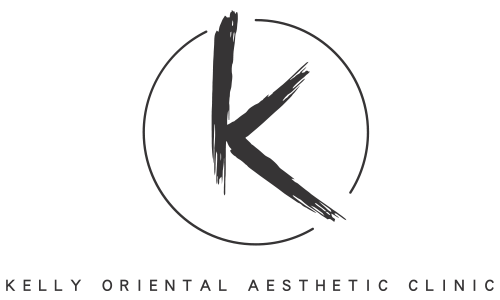Hair Treatment
How often should you do hair treatments?
How often should you do hair treatments?
For optimal hair health, adjust treatment frequency based on hair type and condition. Deep condition dry or damaged hair weekly; normal hair bi-weekly. Use protein treatments monthly, or bi-weekly for severe damage, balancing with moisturizers to prevent brittleness. Scalp treatments are weekly, customizable to your needs. Curly and coily hair benefits from weekly moisturizing treatments, while straight and wavy hair should aim for bi-weekly. Limit chemical treatments to every 6-8 weeks to avoid damage. Monitor your hair’s reaction to treatments, adjusting as necessary.
The frequency of hair treatments is a topic that garners much attention and varies widely depending on several factors, including hair type, condition, lifestyle, and the specific treatment in question. Hair treatments can range from deep conditioning and protein treatments to color processing and chemical straightening. Understanding the needs of your hair and the effects of these treatments is crucial in determining an optimal care routine that promotes hair health and vitality.
Understanding Hair Types and Conditions
Hair can be broadly categorized into four types: straight, wavy, curly, and coily, with numerous subcategories based on texture and porosity. Porosity refers to the hair’s ability to absorb and retain moisture, which significantly influences how hair reacts to treatments. For instance, high porosity hair may benefit from more frequent moisturizing treatments but could be more susceptible to damage from protein treatments if over-applied.
Types of Hair Treatments
Deep Conditioning Treatments: These treatments are designed to penetrate deeper into the hair shaft to restore moisture, improve elasticity, and provide nourishment. They are essential for all hair types but particularly beneficial for dry, damaged, or chemically treated hair.
Protein Treatments: Protein treatments help to repair and strengthen the hair structure, especially for hair that is brittle or has been damaged by chemical processes or heat styling. They work by filling in gaps in the hair cuticle, but overuse can lead to stiffness and breakage.
Scalp Treatments: A healthy scalp is the foundation of healthy hair growth. Scalp treatments can range from exfoliating scrubs to oil massages, aimed at removing dead skin cells, product buildup, and improving blood circulation.
Moisturizing Treatments: These treatments help to hydrate the hair, making it softer, shinier, and more manageable. They are particularly important for curly and coily hair types, which naturally tend to be drier.
Chemical Treatments: Including coloring, perming, and straightening, chemical treatments alter the hair’s structure and require careful aftercare to maintain hair health and prevent damage.
Determining the Right Frequency
The right frequency for hair treatments depends on the specific needs of your hair and the type of treatment. Here’s a general guideline:
Deep Conditioning Treatments: Once a week for dry or damaged hair, and every two weeks for normal hair. For oily hair, focus the treatment on the ends to avoid weighing down the roots.
Protein Treatments: Once a month for most hair types, or more frequently (every two weeks) for severely damaged hair. It’s crucial to balance protein treatments with moisturizing treatments to prevent brittleness.
Scalp Treatments: Once a week for most people, adjusting based on individual needs. Those with oily scalps may benefit from more frequent treatments, while those with dry scalps may require less.
Moisturizing Treatments: Once a week for curly and coily hair types, and every two weeks for straight and wavy hair types. Adjust based on seasonal changes; hair may require more moisture during dry, cold months.
Chemical Treatments: The frequency of chemical treatments should be minimized to prevent damage. Wait at least 6-8 weeks between touch-ups for color, and consult with a professional for chemical straightening or perming to determine the safest interval.
Listening to Your Hair
The most important factor in determining the frequency of hair treatments is to listen to your hair. Signs of healthy hair include elasticity, smoothness, and shine. If your hair becomes limp, excessively oily, or unusually dry after a treatment, it may be an indication that the treatment frequency or product is not suitable for your hair type.
Lifestyle Considerations
Lifestyle factors, such as diet, stress levels, and exposure to environmental stressors (e.g., sun, chlorine, saltwater), also play a significant role in hair health. A balanced diet rich in vitamins and minerals supports hair growth and repair, while minimizing stress and protecting hair from environmental damage can reduce the need for frequent treatments.
Conclusion
In conclusion, there is no one-size-fits-all answer to how often you should do hair treatments. The key is to understand your hair type and condition, choose the right treatments, and adjust the frequency based on how your hair responds. Regular assessment and adjustment of your hair care routine can help maintain optimal hair health and appearance. Remember, when in doubt, consult with a hair care professional who can provide personalized advice based on your hair’s specific needs.
How often should you do hair treatments?

